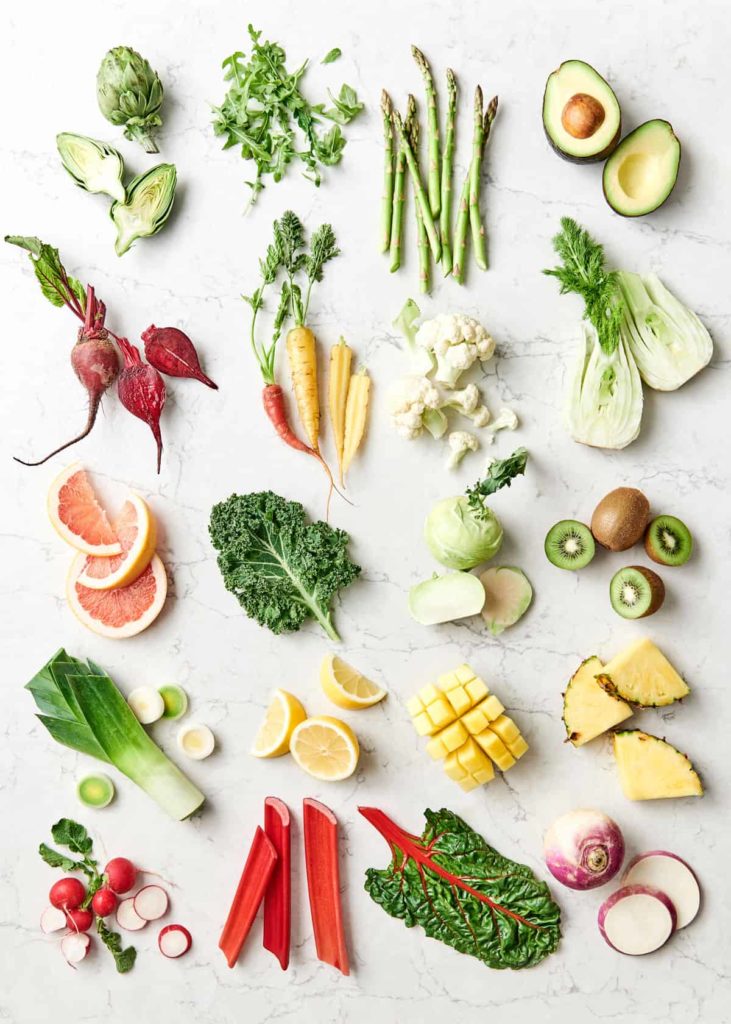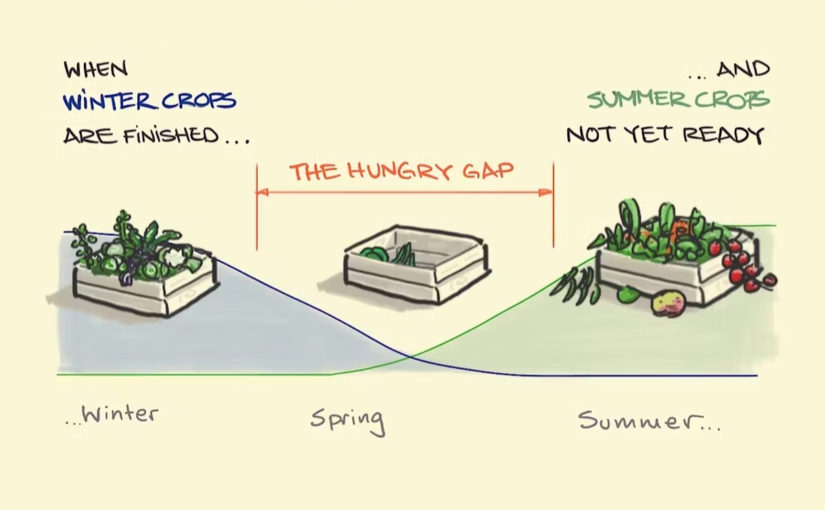As we shake off the chill of winter and welcome the fresh blooms of spring, many of us look forward to the vibrant produce that will soon grace our farmers’ markets.
However, there’s a little-known phenomenon that can put a damper on our local food enthusiasm during this transitional season: the hunger gap.
Let’s dive into what this means for you as a consumer and how you can navigate it with ease!
What is the Hunger Gap?
The hunger gap is that tricky time between late winter and early spring—typically from September to November—when our beloved local crops are running low, and new ones are just starting to peek through the soil. Think of it as a brief intermission in the bounty of fresh fruits and vegetables.
Why Does It Happen?
Several factors contribute to this seasonal hiccup:
- Depletion of Stored Crops: By late winter, many stored crops like apples, pears, potatoes, and sweet potatoes are dwindling. Unfortunately, their quality may not be at its peak either.
- Slow Spring Growth: The cool temperatures and shorter days in early spring mean that new crops take their time to grow.
- Limited Winter Crops: Not all crops can brave winter conditions, leaving us with fewer options.
What Produce is Affected?
During the hunger gap, you might notice that some of your favorite local produce isn’t as plentiful or high-quality:
- Root Vegetables: Potatoes and sweet potatoes may start to sprout or feel a bit soft. Carrots start to lose their sweetness.
- Tree Fruits: Apples and pears from cold storage might lose some of their crispness and flavor.
- Winter Squash: Stored squash may begin to show signs of wear.
Embracing the Hunger Gap
While it might seem like a challenge, there are plenty of ways to embrace this seasonal lull and make the most out of your local food experience!

Explore Early Spring Crops
Even though options are limited, some delicious crops thrive in early spring! Keep an eye out for:
- Asparagus: This tender green is a springtime favorite.
- Rhubarb: Tart and tasty, it’s perfect for pies or sauces.
- Spring Greens: Look for fresh spinach, kale, and other leafy greens that take off in spring weather.
Support Local Farmers
Even if selection is limited, supporting your local farmers helps them weather the seasonal fluctuations. Plus, you might discover new products or early-season offerings. Have a look inside this week’s Ooooby Box.
Get Creative in the Kitchen
Use this time to experiment with recipes that highlight preserved foods or early spring crops. You might find new favorites that become staples in your kitchen!
Plan Ahead for Next Year
Consider planting your own garden or joining a community garden. Growing your own produce can help bridge the gap next spring!
Try Preservation Techniques
If you’ve stocked up on summer produce during peak season, now is a great time to enjoy those canned or frozen goodies! Preserving fruits and vegetables when they’re at their best allows you to savor their flavors all year long.

Conclusion
The hunger gap may pose some challenges for local food lovers, but it also offers an opportunity to appreciate the seasonal rhythms of agriculture.
By exploring early spring produce, supporting local farmers, and getting creative in the kitchen, you can navigate this transitional time with joy and anticipation for the bounty that lies ahead.
Happy eating! 🌱🥕🍏

